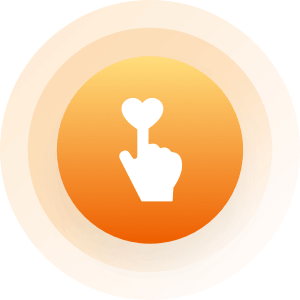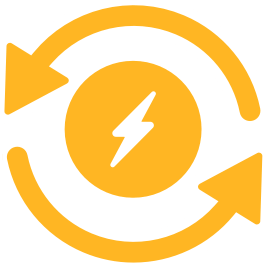| Topic: The democrat-republican shift | |
|---|---|
|
Edited by
msharmony
on
Thu 03/09/17 10:35 AM
|
|
|
Did democrats start conservative and republicans liberal?
I teach history for a living. What you've learned is accurate. The republicans were a new party in Lincoln's day. They were a conglomeration of various northern former Whig constituencies and people that wanted to develop the west that coalesced due to issues surrounding slavery. Generally speaking, they retained a lot of the older Whig economic views that the government should be involved in the economy. It should promote policies that promote growth, they thought. That meant financing infrastructure, education, protecting native industries, policies that promoted commerce and rapid job growth. They did believe in more federal involvement in all these things, and it cost money. They were the forward looking, innovative party, and also vaguely speaking they were the "big government" party and had policies that promoted big banks, big industry, big business. The democrats were the more tradition-minded party. They were also the party focused on keeping taxes low and when it came to promoting commerce, etc... wanted to leave it to the states. Generally speaking, they were the "states' rights" party. Key points in the shift to the structure we know today: 1896: William Jennings Bryan incorporates the Populist Party vote, giving the democrats a sizable left wing on economics that it didn't have before. 1912: Theodore Roosevelt breaks from the republicans and runs as the candidate of the Progressive Party - this makes the republican progressive wing - once a third to a half of the republican coalition, much less committed to the party going forward and they never really reconcile. Republican leadership comes more and more from its conservative wing after that. 1932-45: Franklin Roosevelt essentially adopts most of the old Progressive platform and pretty much incorporates that whole vote into his Democratic coalition. This puts the party on a collision course when it comes to social policy. 1964: Lyndon Johnson essentially divorces the longest marriage the democratic party had: the one with southern whites. By making Civil Rights part of the Democratic platform, the republicans lose basically all of what's left of their black constituencies - which had been a significant part of their remaining progressive vote in northern urban areas. The democrats start to hemorrhage southern whites rapidly - you see George Wallace run for president in 1968. 2000: The process is 98% complete. By this time liberals are in the democrats and conservatives in the republicans for the most part. **Please note** How I'm distinguishing "liberal" from "conservative" here is: "liberal" -- in favor of more federal action in general, less power to states, active government that attempts to solve problems or encourage outcomes. "conservative" -- less enthusiastic about federal action in general, wants more power given to states, more passive federal government that maintains a minimal footprint in social and economic affairs. from https://www.quora.com/Is-it-true-that-Democrats-used-to-be-the-conservative-party-and-Republicans-used-to-be-the-progressive-party Murray Godfrey is a US History professor and published writer for Forbes magazine |
|
|
|
|
|
Conservative/Liberal isn't assigned to Republican/Democrat. Those are different. Yes, party lines change throughout history.
|
|
|
|
|
|
I believe the author refers to PARTY PLATFORM,,
which can be described as liberal or conservative,, also based upon the definitions the author provided |
|
|
|
|
|
Which isn't always the same as Republican/Democrat. Quotes are helpful
|
|
|
|
|
|
Which isn't always the same as Republican/Democrat. Quotes are helpful of course, republicans and democrats are individuals, they may be anywhere along the spectrum of conservative or liberal the republican and democratic official PLATFORMS however, are clearly either more conservative or more liberal than their counterpart |
|
|
|
|
|
The democrat-republican shift
So basically...the more things change, the more they stay the same. |
|
|
|
|
|
As far as I am concerned neither is effective anymore.
|
|
|
|
|
|
As far as I am concerned, they are both just as 'effective' as they ever were
still trying to appease whatever base they happen to have and address whatever the current issues are |
|
|
|
|
|
Hmm. Yes. The definitions of liberal and conservative are always tricky, I've found.
These: "liberal" -- in favor of more federal action in general, less power to states, active government that attempts to solve problems or encourage outcomes.
"conservative" -- less enthusiastic about federal action in general, wants more power given to states, more passive federal government that maintains a minimal footprint in social and economic affairs. do match up fairly well with what most non-"nutty" people say, but they are still problematic. The big thing I've seen, is that inaction can be, and often is, a form of action. That is, refusing to take action, enables whoever has the most resources to have their way. Rather a reminder of another old saying: "“The only thing necessary for the triumph of evil is for good men to do nothing.” |
|
|
|
|
|
The democrat-republican shift
So basically...the more things change, the more they stay the same. something we agree on,, the labels change but the mindsets do not,,, |
|
|
|
|










